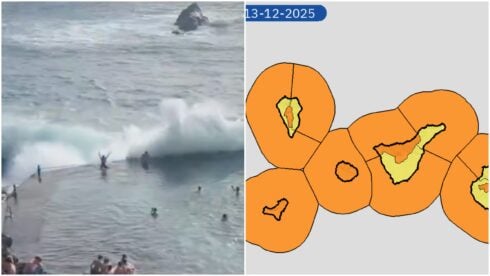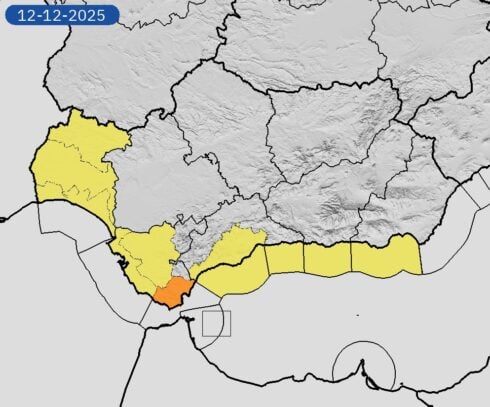DRIVERS in Spain will be required to equip their vehicles with new emergency beacons in 2026 – but viral posts on X have sparked concern, claiming the devices are prone to exploding.
The V16 light, which is set to replace run-of-the-mill warning triangles from January 1, is designed to be placed on a car’s roof to signal its position in case of a breakdown or accident.
Dozens of X users have slammed Spain’s DGT – the national traffic authority – over the new mandate, saying the beacon’s rechargeable batteries are likely to overheat and explode in extreme temperatures.
But the new DGT regulation sets out that all approved V16 beacons must be capable of withstanding temperatures between -10C and 50C degrees.
Oscar Castillo, Director of Mechanical Engineering at Nebrija University, told broadcaster RTVE that while old or faulty units may pose a risk – especially if left in direct sunlight for long periods of time – properly maintained beacons are safe.
He added that not all V16 devices use rechargeable batteries, and those powered by disposable ones are far less likely to overheat – even under high temperatures.
Felix Lopez, a researcher at Spain’s National Research Council (CSIC), advised motorists to purchase V16 beacons only from reputable manufacturers and to avoid excessive exposure to sunlight.
Further criticism came from Spain’s Civil Guard Association (AUGC), which branded V16s a “big mistake.”
The AUGC said the beacons’ yellow lights would prove too dim to be seen clearly in daylight or darkness, warning the DGT’s new requirement would lead to “very serious accidents.”
But, according to DGT regulations, all approved V16 beacons are designed to be visible from at least one kilometre away.
The rollout of the V16 requirement began in 2021 as part of Spain’s broader effort to enhance roadside safety.
The devices emit a 360-degree flashing amber light and are small enough to be stored in a car’s glovebox.
In an emergency, drivers can activate the beacon and place it on the vehicle’s roof – or attach it magnetically to the door – without leaving the car.
V16s are also connected to the DGT’s new online platform. When activated, they automatically send a distress signal with the vehicle’s location, triggering the traffic authority’s emergency response.
Failure to carry the beacons as of January 1, 2026 can fetch fines of up to €80 – although visitors from abroad will be exempt.
Click here to read more Spain News from The Olive Press.








